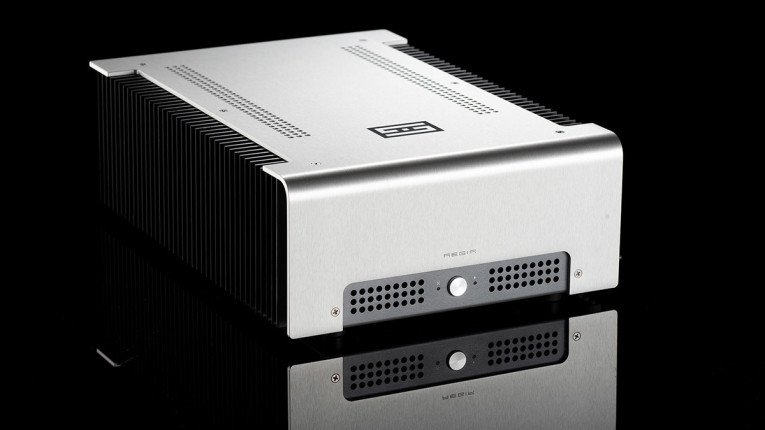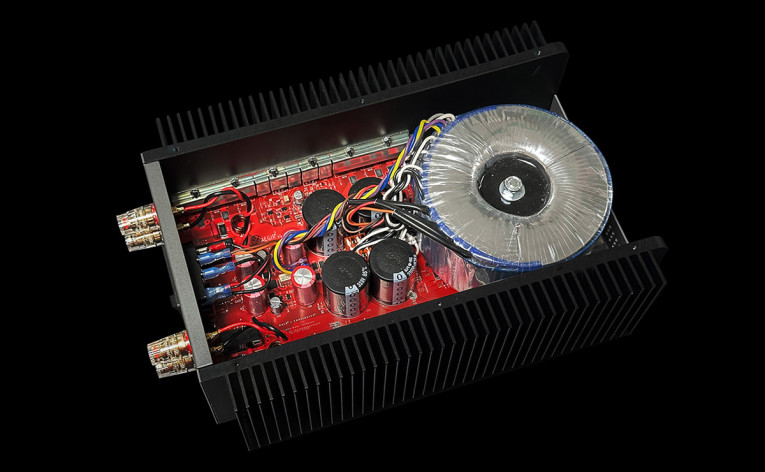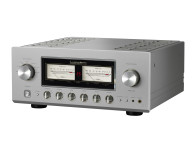
According to Schiit Audio, the Halo mixed-mode feedback topology that incorporates the loudspeaker into the gain stage, offers a lot of improvement potentials. Nevertheless, the company prefers not to spend resources to demonstrate all its potential benefits, and instead decided to introduce the product at a fair price and let the market decide with their ears (or measurements) - in their best tradition.
Jason Stoddard, Schiit Audio’s co-founder and head of analog development, readily acknowledges that the Halo topology is controversial. "Halo, which debuted on Midgard, is best described as a "mixed mode motion feedback system that includes the driver in the feedback network, offering the potential for correcting back EMF and reducing distortion at the driver, especially around the driver's resonance point."
"Some designers have claimed to reduce distortion by a moderate amount in ported speaker systems. Some claim they can’t replicate these results. We ourselves got mixed results for headphones, perhaps because they are smaller and don’t have the problems of a big floppy woofer in a box, or perhaps because Halo doesn’t do much."
"Halo isn’t a high-impedance, current-output scheme that some people consider to be the "right" way to drive speakers, nor is it a vanishingly-low-impedance output that is typical of most speaker amps and most people consider the "right" way to drive loudspeakers," Stoddard clarifies. "We think it sounds different, and better, or we wouldn’t do it."

Secondly, the Aegir 2 also offers an exclusive Continuity output stage, Schiits' own way to eliminate transconductance droop outside of the Class A bias region. It also solves the NPN and PNP bipolar junction transistors mismatch problem, since it uses both NPN and PNP devices on both rails. "We’ve improved Continuity’s efficiency with some tricks we learned on Tyr (ed: mono speaker amplifier), resulting in a more powerful, cooler running amp," Jason Stoddard details.
The Aegir 2 also delivers a lower noise floor, thanks to a completely redesigned, 100% linear power supply. Starting with a 600VA toroidal transformer, the new amp features a dual mono design with 16 Schottky rectifiers for the main rails, plus 5 regulated voltage rails, including two discrete regulated rails for the boost supply. "No Class D, no switching supplies, no fans, no compromises, nothing in the signal path but music — for a three-figure price tag. It’s an entirely different amp. Literally nothing is the same, except the outer chassis," Stoddard, explains.

Specifically, the Aegir 2 delivers 30W into 8 ohms and 50W into 4 ohms, significantly more than its predecessor model. This makes it more flexible for a wider range of speakers. And the Aegir 2 has a -122dB noise floor from the rated output, about 10-15dB better than Aegir. This means it’s gonna be dead-silent even on very efficient speakers.
Another important benefit its that Aegir 2's standby mode consumes even less power - only 1-2W - thanks to some tricks the company learned from designing the Vidar 2 amplifier. "Aegir 2 is a heckuva amp," concludes Jason Stoddard.
Aegir 2 is available at schiit.com at $899 for the black version, and $949 for a brushed aluminum finish. Designed and built in California, the amplifier is covered by a 5-year limited warranty that covers parts and labor.
www.schiit.com







